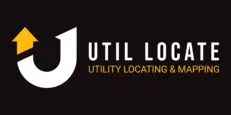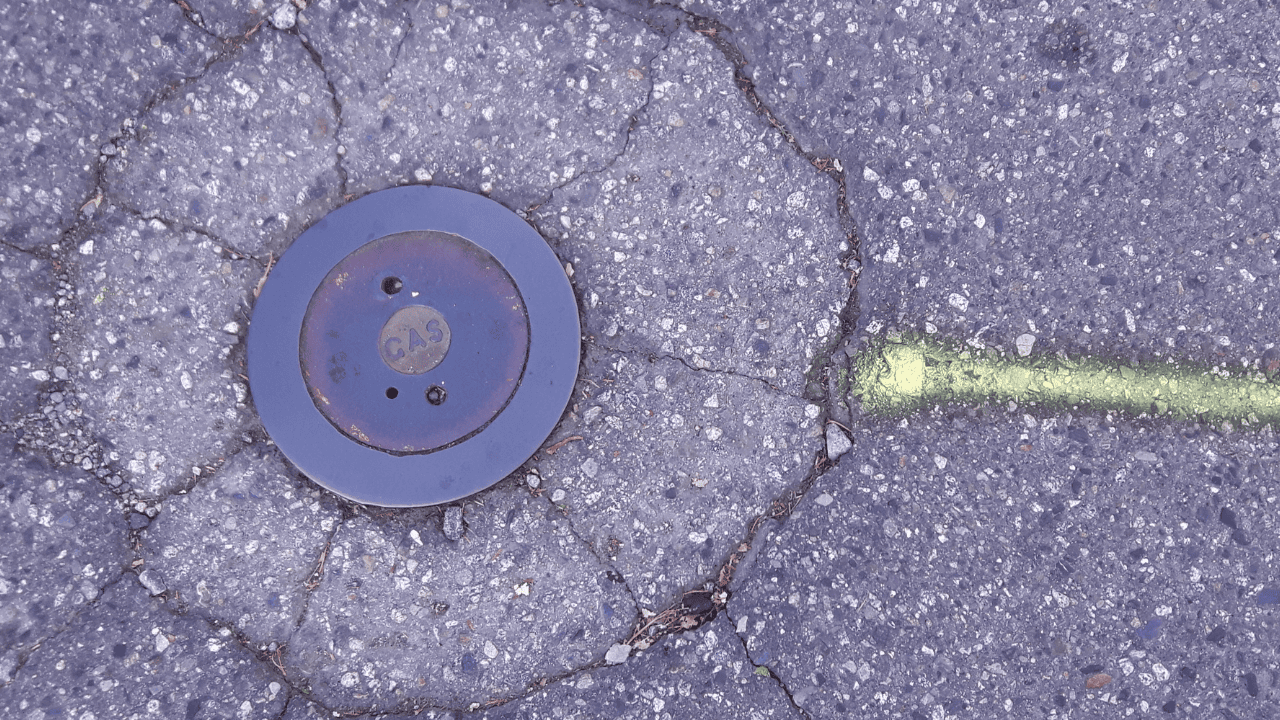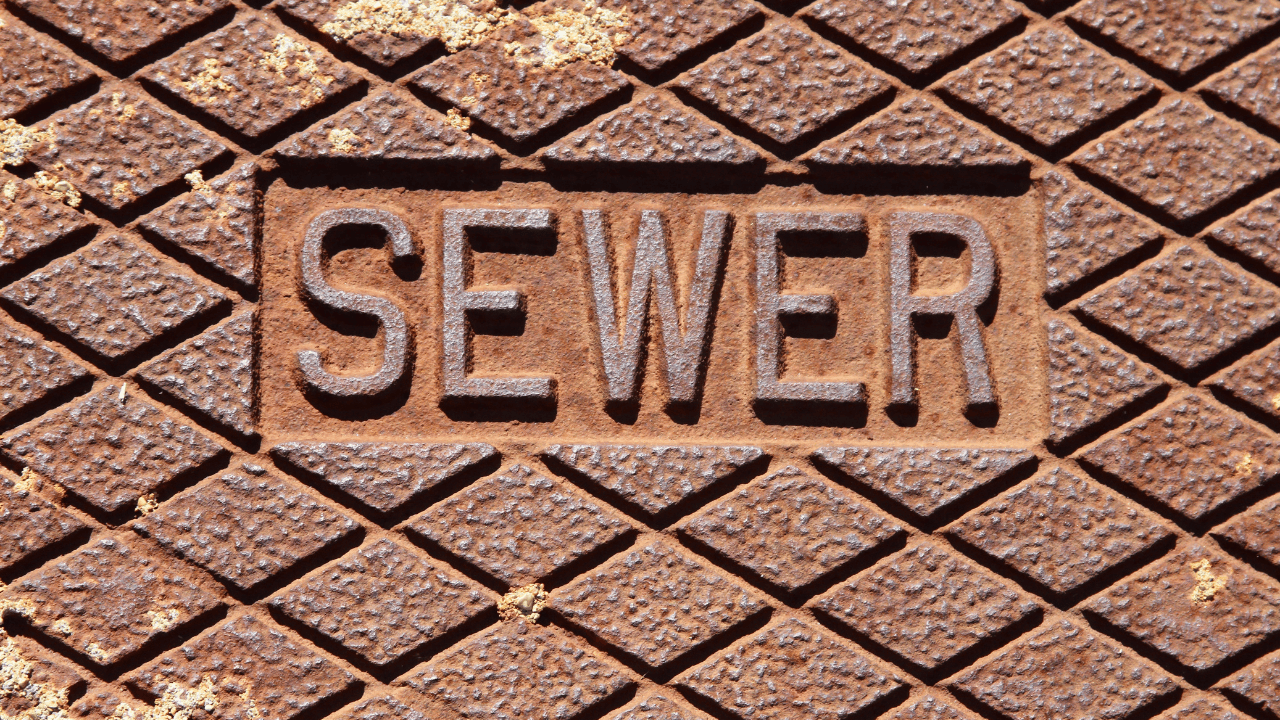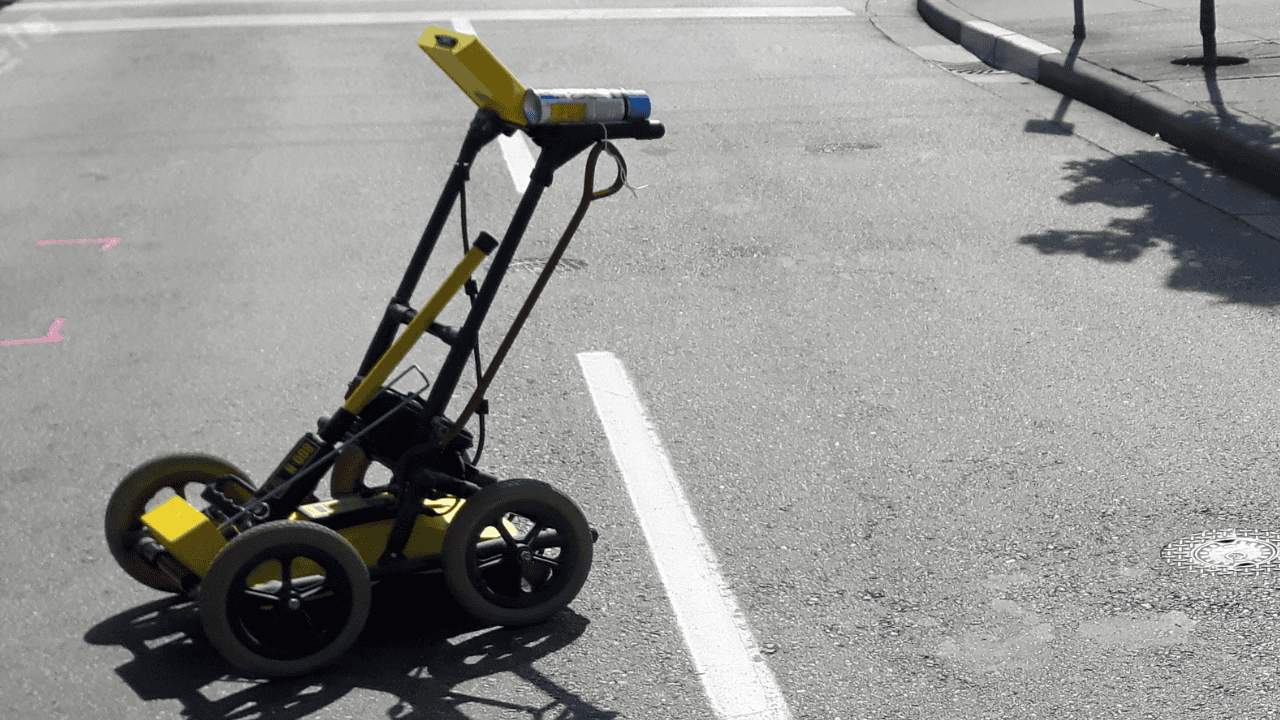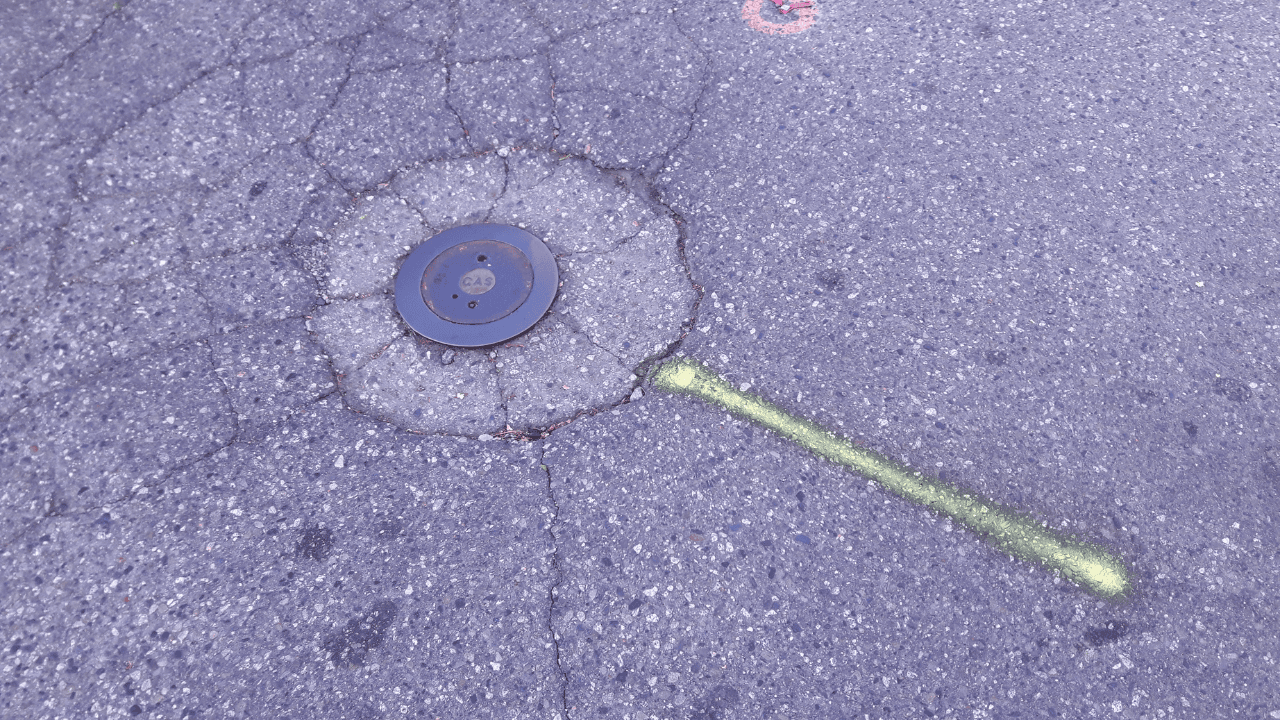Key Takeaways
- Digging near gas lines without checking first is dangerous.
- Underground utility locating helps prevent gas leaks, fires, and explosions.
- A damaged gas line can cause health risks, legal trouble, and costly repairs.
- Utility locating services mark underground gas pipes to ensure safe digging.
- California law requires calling 811 before excavation to locate utilities.
- An underground utility locator uses advanced tools like radar and electromagnetic signals.
- If you hit a gas line, stop work, avoid sparks, and call for help.
- UTIL-LOCATE provides expert services to keep your project safe and legal.
Digging may seem simple, but when gas lines are involved, it’s anything but. Whether you’re a contractor, landscaper, or property owner, hitting a gas line can lead to serious consequences. That’s why utility locating services are essential before starting any project.
In California, where underground infrastructure is complex, taking the right precautions is a must. A single mistake can cause gas leaks, fires, and even explosions. But by hiring an underground utility locator, you can avoid these dangers and keep your project on track.
Here’s why underground utility locating is a step you should never skip.
The Dangers of Hitting a Gas Line
Accidentally striking a gas line is one of the most dangerous mistakes you can make while digging. Here’s what can happen:
- Gas leaks: A broken gas pipe can leak flammable gas, which can spread quickly.
- Fires and explosions: If the leaked gas comes into contact with a spark, it can cause a fire or even an explosion.
- Health risks: Natural gas exposure can cause dizziness, nausea, and even suffocation in high concentrations.
- Expensive repairs: Fixing a damaged gas line is costly, and you might also be held responsible for damages.
- Legal consequences: In California, damaging a utility line without prior locating can lead to heavy fines and legal trouble.
All of these risks can be avoided with utility locating services before any digging begins.
How Underground Utility Locating Prevents Accidents
The best way to prevent gas line damage is to know exactly where the lines are. An underground utility locator uses advanced technology to detect buried gas pipes, allowing workers to dig safely.
Here’s how underground utility locating helps:
- Pinpoints gas lines before digging – Knowing the exact location of gas lines prevents accidental hits.
- Reduces safety hazards – With clear markings, workers can dig without the fear of causing leaks or explosions.
- Saves time and money – Avoiding a gas line accident means no costly repairs, delays, or fines.
- Prevents service disruptions – Hitting a gas line can cut off service to entire neighborhoods, causing major inconvenience.
- Keeps workers and the public safe – A safe job site means fewer injuries and a lower risk of life-threatening situations.
Understanding California’s Safety Regulations
In California, there are strict laws about digging near gas lines. The state requires anyone planning to excavate to follow the “Call Before You Dig” process. This law is in place to prevent accidents and protect underground infrastructure.
Here’s what you need to know:
- Calling 811 is required by law – Before any digging project, you must call 811 to request utility locating services.
- Locators mark underground utilities – After calling, professionals come to the site and mark gas lines with paint or flags.
- Digging without locating is illegal – If you dig without utility marking and damage a gas line, you could face legal action.
- Emergency services are costly – If a gas leak happens, emergency crews must respond, and you may be responsible for the costs.
By working with an underground utility locator, you stay compliant with California’s laws and avoid unnecessary risks.
What Happens During a Utility Locating Service?
If you’ve never used utility locating services before, here’s what you can expect:
- Site Assessment – Professionals review your project area to understand what utilities might be underground.
- Marking the Utilities – Using different methods, they locate and mark gas lines with paint or flags.
- Providing a Detailed Map – You’ll receive a map showing the exact location of gas and other underground utilities.
- Safe Digging Guidelines – Experts give instructions on how to dig safely around marked lines.
By taking these steps, you eliminate the guesswork and protect both people and property.
The Technology Behind Underground Utility Locating
Locating gas lines isn’t done by digging around blindly. Professionals use advanced tools to find underground pipes without disturbing the ground. Some common methods include:
- Electromagnetic detection – This technology sends signals to detect metallic pipes.
- Ground-penetrating radar (GPR) – GPR uses radio waves to create a map of underground utilities.
- Acoustic detection – By analyzing sound waves, this method can detect leaks and blockages in gas pipes.
- GPS mapping – Advanced locators use GPS to create digital maps of underground infrastructure.
With these tools, an underground utility locator can precisely mark gas lines, preventing accidents before they happen.
What to Do If You Hit a Gas Line
Even with the best precautions, accidents can still happen. If you hit a gas line, here’s what you should do:
- Stop work immediately – Shut off any equipment and evacuate the area.
- Do not use electrical devices – Avoid anything that could create a spark, including cell phones.
- Call 911 and the gas company – Report the leak immediately so professionals can respond.
- Warn others – Keep people away from the area to prevent injury.
- Follow emergency procedures – If a fire starts, leave the site and wait for emergency responders.
These steps can help prevent a small mistake from turning into a disaster.
UTIL-LOCATE: Your Trusted Partner for Safe Digging
At UTIL-LOCATE, we specialize in underground utility locating, helping contractors, businesses, and homeowners dig safely. Our team uses the latest technology to detect gas lines and other underground utilities, ensuring your project follows all safety guidelines.
With our utility locating services, you get:
✔ Accurate gas line detection before digging
✔ Compliance with California’s safety laws
✔ Reduced risk of accidents, fires, and costly damage
✔ Peace of mind knowing your worksite is safe
Don’t take chances with underground gas lines. Contact UTIL-LOCATE today and dig with confidence!
